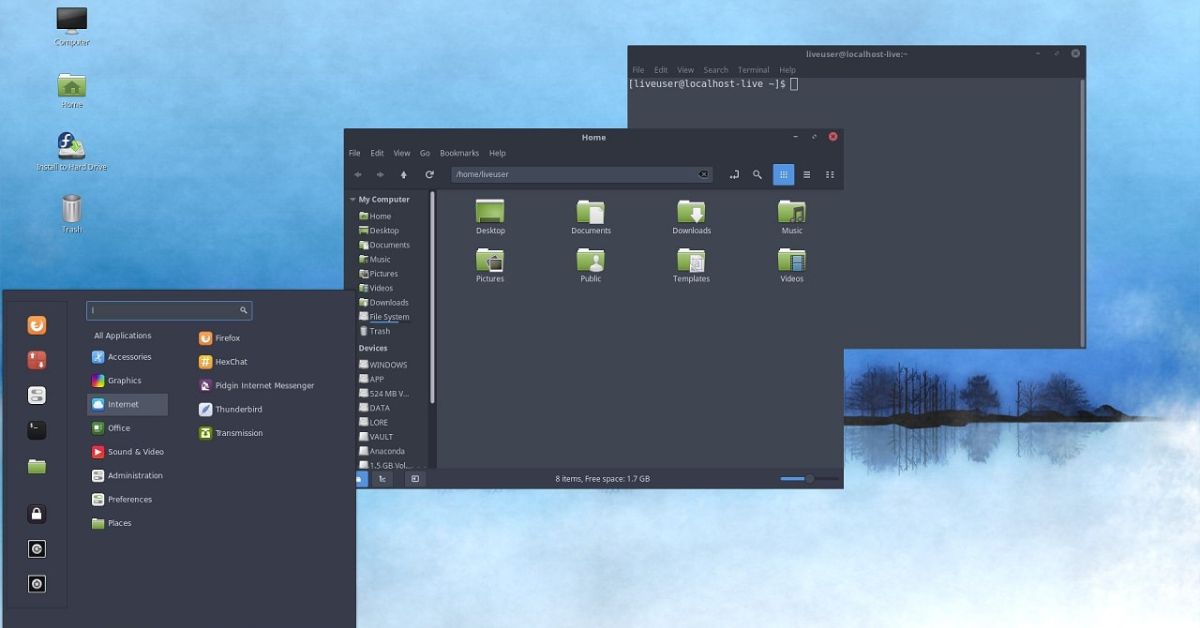In the vast landscape of technology where software reigns supreme the efficiency of installing and managing applications is paramount. Imagine a world where acquiring new software is as simple as a few commands in a terminal or a couple of clicks in a graphical interface. This world exists thanks to built-in package managers the unsung heroes of seamless software installation.
A built-in package manager is a tool or a set of tools integrated into an operating system or a programming language to automate the process of installing upgrading configuring and removing software packages. These managers provide a centralized repository of software packages ensuring consistency reliability and security in software distribution.
One of the most renowned built-in package managers is APT (Advanced Package Tool) utilized in Debian based Linux distributions such as Ubuntu. With APT users can effortlessly install software by typing a single command in the terminal, eliminating the need to hunt down installation files or navigate through complex installation wizards. The magic of APT lies in its ability to resolve dependencies automatically ensuring that all required components are installed alongside the desired software package.
Similarly macOS boasts its built-in package manager called Homebrew. Homebrew simplifies the process of installing software on macOS by providing a straightforward command-line interface. Whether it’s developer tools, utilities, or productivity applications, Homebrew offers a vast library of software packages readily available for installation with just a few keystrokes.
Not to be outdone Microsoft Windows embraced the concept of package management with the introduction of Winget. Winget allows Windows users to install and manage software from the command line, ushering in a new era of convenience for Windows aficionados. With Winget, users can discover, install, and update a plethora of software packages with ease, all without leaving the comfort of the command prompt.
Programming languages have also recognized the importance of streamlined software installation. Python, for instance, comes equipped with pip, the Python package installer. Pip simplifies the process of managing Python libraries and dependencies, empowering developers to focus on writing code rather than wrestling with installation woes.
Node.js, JavaScript’s runtime environment, offers npm (Node Package Manager), a built-in package manager that facilitates the installation of JavaScript libraries and tools. With npm, developers can harness the power of a vast ecosystem of open-source packages, accelerating the development process and fostering collaboration within the JavaScript community.
The benefits of built-in package managers extend beyond mere convenience. By providing a centralized repository of software packages, these managers promote standardization and consistency in software distribution. Users can rest assured knowing that the software they install is vetted, trustworthy, and up-to-date, mitigating the risks associated with downloading software from unverified sources.
Furthermore, built-in package managers promote collaboration and innovation within the software community. Developers can easily share their creations with the world, confident that users can install and utilize their software without friction. This democratization of software distribution fosters creativity, drives technological advancement, and enriches the digital landscape for users and developers alike.
However, built-in package managers are not without their challenges. Dependency management, version compatibility, and repository security are among the hurdles that package managers must navigate. Additionally, the proliferation of package managers across different platforms and programming languages can lead to fragmentation and confusion for users and developers.
Despite these challenges, the advent of built-in package managers has revolutionized the way we install and manage software. Gone are the days of scouring the internet for installation files, wrestling with dependency hell, and navigating labyrinthine installation wizards. Thanks to built-in package managers, acquiring new software is as simple as issuing a command or clicking a button, ushering in a new era of efficiency, reliability, and simplicity in software installation.
Summary:
Built-in package managers represent a cornerstone of modern software distribution, empowering users and developers alike to effortlessly install, manage, and share software packages with ease. Whether you’re a seasoned developer, a casual user, or anything in between, built-in package managers offer a gateway to a world of software possibilities, where innovation knows no bounds and installation woes are a thing of the past.




